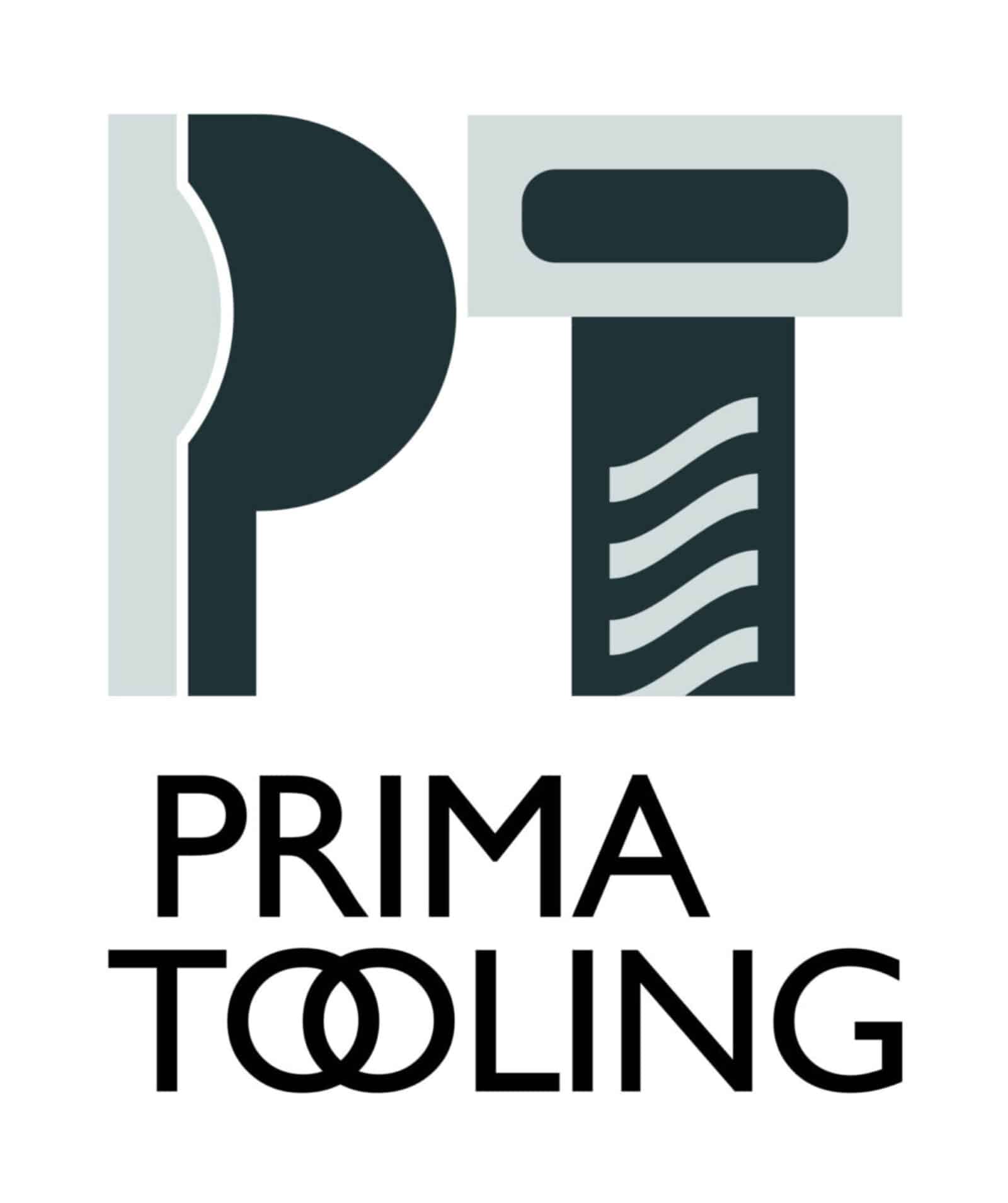CNC cutting tools are essential components in many industries, particularly manufacturing. These tools play a critical role in ensuring that materials are shaped and finished with precision.
However, like any other equipment, CNC cutting tools can encounter various problems that affect their performance. By recognising and addressing these issues, users can maintain their tools’ efficiency and lifespan.
Common Issues with CNC Cutting Tools
CNC cutting tools can face a range of problems. Identifying these early can help prevent bigger disruptions. Among the most common issues are:
- Tool Wear: Over time, cutting edges can become dull, leading to increased force requirements and poor cutting quality.
- Tool Breakage: Factors like excessive pressure or incorrect tool usage can cause breakage, resulting in delays and additional expenses.
- Overheating: If tools overheat during cutting, it leads to diminished performance and longevity.
Each of these issues can hinder productivity and increase costs. Recognising warning signs is the first step. Look for reduced cutting quality, unusual noises, or excess vibration during operation. These are telltale indicators that something might be amiss with your cutting tools.
Causes of CNC Cutting Tool Issues
Several factors can contribute to issues with CNC cutting tools. Understanding these can help prevent problems before they start. Key causes include:
- Incorrect Tool Selection: Using a tool not suited for the material can accelerate wear and reduce cutting efficiency. Matching the tool to the task is crucial for optimal performance.
- Inadequate Tool Path Programming: Mistakes in programming can lead to poor cuts and increased tool stress.
- Poor Maintenance Practices: Regular care is necessary to keep tools in top condition. Ignoring maintenance can lead to increased downtime and repair costs.
- Environmental Factors: Conditions such as temperature and humidity can influence tool performance. Controlling the environment can help maintain consistent results.
By addressing these root causes, operations can reduce the likelihood of encountering issues and ensure that CNC cutting tools deliver the best possible performance.
How to Fix Issues with CNC Cutting Tools
Knowing how to address problems with your CNC cutting tools is key to maintaining their performance. The first step is selecting the correct tool for the job. Each material requires a specific type of cutter to avoid excessive wear and tear. Consider the material’s hardness and thickness before making a choice.
Once you’ve got the right tool, it’s crucial to ensure the tool path programming is spot-on. Mistakes in this area can result in poor cuts and increased pressure on the tool, leading to premature failure.
Maintenance routines can’t be overlooked. Regular cleaning, lubrication and inspection prevent many common issues from developing in the first place. Use high-quality oils and coolants to minimise friction and heat build-up. Monitor tool performance to spot early signs of trouble, like unusual noise or vibration.
Don’t forget the impact on the environment. Keeping the workspace at a stable temperature and humidity level helps maintain tool integrity. Temperature swings can cause tools to expand and contract, sometimes leading to cracks or other damage.
Preventative Measures for CNC Cutting Tools
Prevention plays a big part in avoiding issues altogether. Regular checks and replacements keep your equipment in peak condition. Prioritise quality over cost when replacing parts; cheaper tools often wear out faster. Storing tools properly when not in use can protect them from corrosion and physical damage.
Training staff on proper tool-handling techniques is another preventative measure. Ensure they know how to correctly set up and operate the machines, which reduces the risk of mistakes. Clear guidelines and ongoing training sessions boost confidence and efficiency among team members.
To extend the lifespan of your tools:
- Conduct routine inspections to identify and address small issues before they escalate.
- Implement a consistent maintenance routine that includes cleaning and lubrication.
- Update training programmes to keep pace with technological innovations.
Ensuring Optimal Performance
Maintaining top performance for your CNC tools involves regular updates and replacements. Keep your machine’s software and firmware current to take advantage of the latest features and improvements. This ensures seamless operation and access to enhanced functionalities that may improve tool lifespan and efficiency.
Use only high-quality cutting fluids and lubricants. These significantly reduce friction and heat, contributing to smoother operations. Maintaining a detailed log of tool performance helps track issues and plan maintenance schedules effectively.
Taking these proactive steps can greatly reduce the occurrence of problems with CNC cutting tools. Proper tool selection, regular care and consistent training are all parts of a strategy that ensures tools remain efficient and reliable, thus safeguarding the productivity of your operations.
Address potential issues early on and follow sound maintenance practices to consistently achieve optimal results with CNC cutting tools. Explore our comprehensive solutions at Prima Tooling for more detailed insights into enhancing the efficiency and lifespan of your CNC cutting tools. Shop now to boost your production efficiency.
